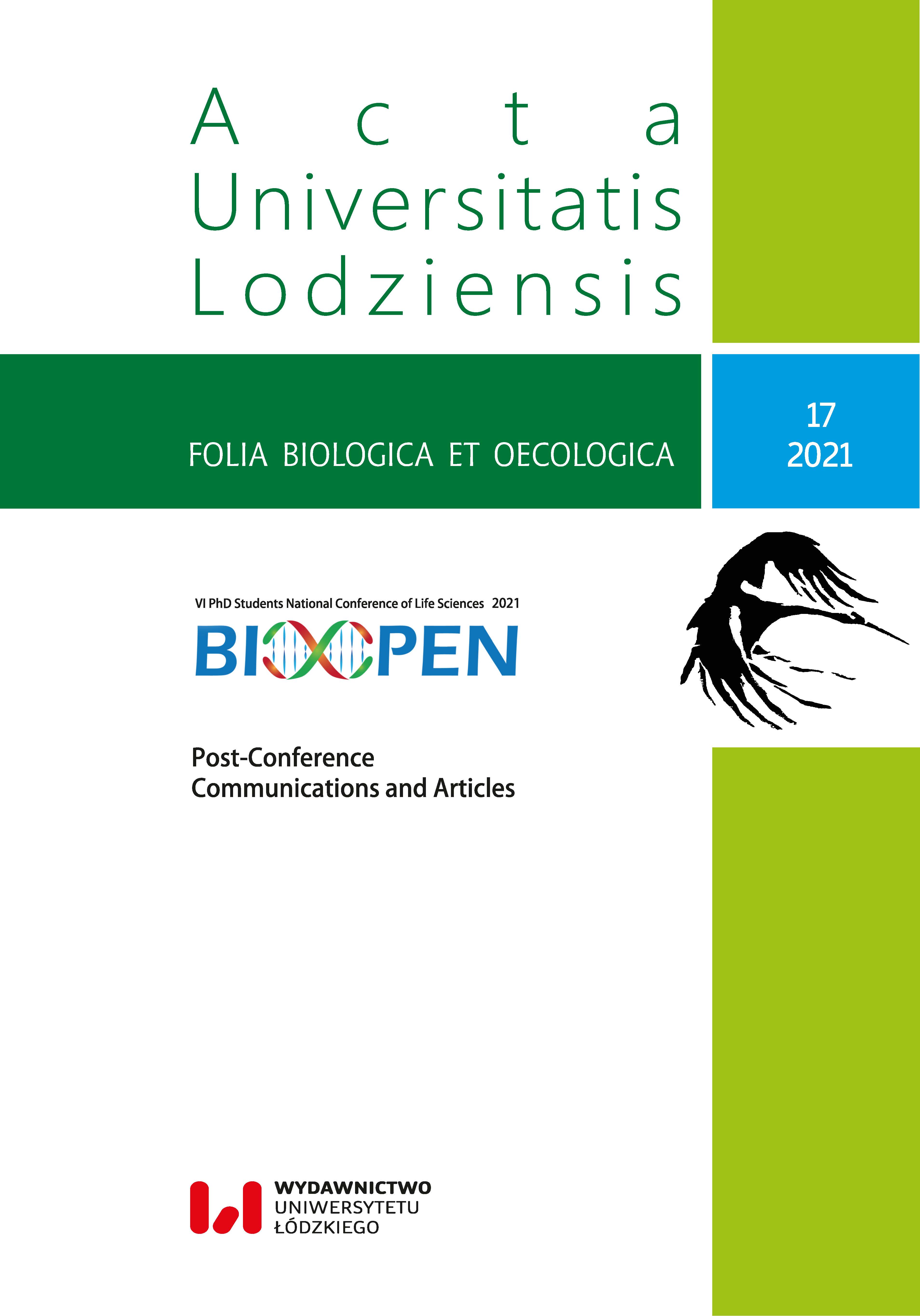New trends or return to traditional methods in the production of grain spirits?
DOI:
https://doi.org/10.18778/1730-2366.16.16Keywords:
rye, barley, cereal malts, alcoholic fermentation, natural products, agricultural distillate, spirit beveragesAbstract
This review article is based on scientific and popular science publications as well as articles from branch magazines that refer to the production of alcohol in Poland based on traditional grain raw materials. New trends in the production of broadly understood alcoholic beverages point to a return to traditional raw materials and production methods, preferably carried out in small, traditional distillery – crafted beers, local wines or spirits. Consumers desire a return to tradition, however, it is equally important to maintain the right quality and efficiency of production. The future of alcoholic beverages based on malted and unmalted cereals in Poland is associated with the search for specific varieties of cereals, their mixtures as well as fermentation and distillation processes that will allow the production of ‘craft spirits’.
Downloads
References
Act of October 18, 2006 on spirit drinks and registration, and protection of geographical indications for spirit drinks (USTAWA z dnia 18 października 2006 r. o wyrobie napojów spirytusowych oraz o rejestracji i ochronie oznaczeń geograficznych napojów spirytusowych) (Dz.U. 2006 Nr 208 poz. 1539). Available from: http://isap.sejm.gov.pl/isap.nsf/download.xsp/WDU20062081539/U/D20061539Lj.pdf (accessed 10.05.2021).
Google Scholar
Adam, L., Versini, G. 1996. A study on the possibilities to lower the content of methyl-alcohol in eaux-de-vie de fruits. European Commission, Brussels, Belgium.
Google Scholar
Balcerek, M. Pielech-Przybylska, K., 2016. Fermentation results and chemical composition of agricultural distillates obtained from rye and barley grains and the corresponding malts as a source of amylolytic enzymes and starch. Molecules, 21(10): 1320.
Google Scholar
DOI: https://doi.org/10.3390/molecules21101320
Biernacka, P., Wardecki, W. 2012. Volatile composition of raw spirits of different botanical origin. Journal of the Institute of Brewing, 118: 393–400.
Google Scholar
DOI: https://doi.org/10.1002/jib.55
Cieślak, J., Lasiak, H. 1979. Technologia wódek, WNT, Warszawa.
Google Scholar
Council Regulation (EC) No 834/2007 of 28 June 2007 on organic production and labelling of organic products and repealing Regulation (EEC) No 2092/91. Official Journal of the European Union, 189: 1–23.
Google Scholar
Czupryński, B., Kotarska, K. 2011. Wpływ preparatów enzymatycznych na przebieg fermentacji alkoholowej. Inżynieria i Aparatura Chemiczna, 50(3): 16–17.
Google Scholar
Dzienis, G., 2018. Żyto ozime – gatunek niedoceniany w Polsce. Agronomy Science, 73(1): 19–28
Google Scholar
DOI: https://doi.org/10.24326/asx.2018.1.2
Hübner, F., Schehl, B.D., Gebruers, K., Courtin, C.M., Delcour, J.A., Arendt, E.K. 2010. Influence of germination time and temperature on the properties of rye malt and rye malt based worts. Journal of Cereal Science, 52: 72 –79.
Google Scholar
DOI: https://doi.org/10.1016/j.jcs.2010.03.005
Jarociński, J., Jarosz, K. 1980. Gorzelnictwo i drożdżownictwo. WSiP, Warszawa.
Google Scholar
Kaukovirta-Norja, A., Wilhelmson, A., Poutanen, K. 2004. Germination: a means to improve the functionality of oat. Agricultural and Food Science, 13: 100–112.
Google Scholar
DOI: https://doi.org/10.2137/1239099041838049
Polish Norm PN-A-79523:2002. n.d. Agricultural distillate. Polish Committee for Standardization, Warsaw.
Google Scholar
Regulation (EU) 2019/787 of the European Parliament and of the Council of 17 April 2019 on the definition, description, presentation and labelling of spirit drinks, the use of the names of spirit drinks in the presentation and labelling of other foodstuffs, the protection of geographical indications for spirit drinks, the use of ethyl alcohol and distillates of agricultural origin in alcoholic beverages, and repealing Regulation (EC) No 110/2008. Official Journal of the European Union L, 130: 1–54.
Google Scholar
Rogala, J. 2004. Gorzałka czyli historia i zasady wypalania mocnych trunków. Baobab, Warszawa
Google Scholar
Strąk, E., Balcerek, M. 2016. Słody jako źródło enzymów amylolitycznych w procesie enzymetycznej hydrolizy skrobi, Żywność. Nauka. Technologia. Jakość, 6(109): 41–54.
Google Scholar
Związek Pracodawców Polski Przemysł Spirytusowy. 2021. Available from: http://www.zppps.pl/pl/nasze-trunki-w-%C5%9Bwiecie,23 (accessed 13.04.2021).
Google Scholar
Downloads
Published
How to Cite
Issue
Section
License

This work is licensed under a Creative Commons Attribution-NonCommercial-NoDerivatives 4.0 International License.









